Indonesia has given approval for Singapore-based Sub Cable’s $30 billion Australia-Asia PowerLink (AAPL) project to pass a subsea cable through its territorial waters. The cable will supply electricity to Singapore from a solar farm and battery storage facility in Australia’s Northern Territory.
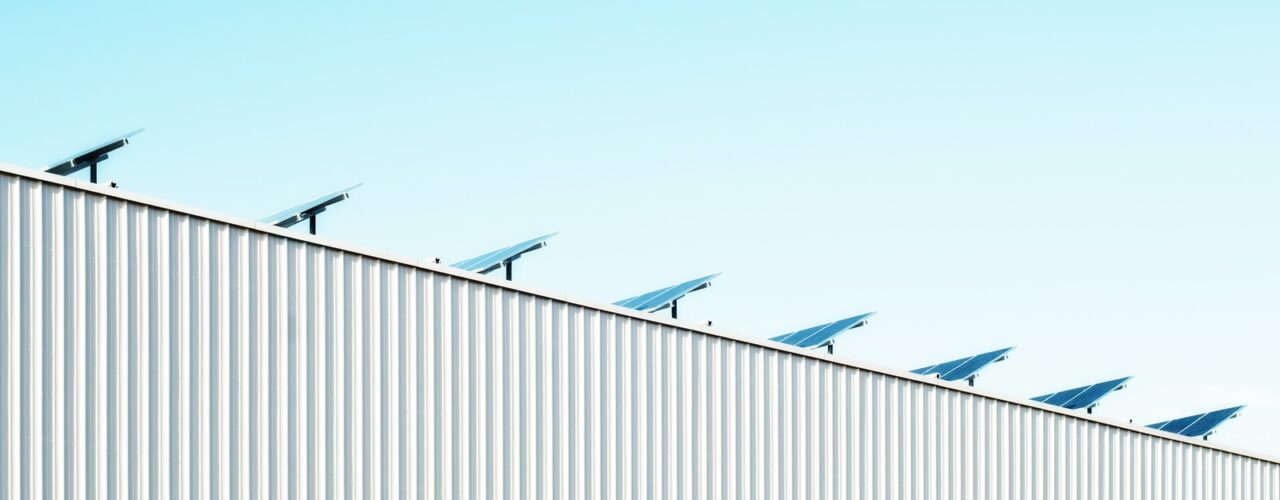
So what?
The facility occupies 12,000 hectares, which is around 15% of Singapore’s total land area. The 4500 km transmission network is comprised of a 3800 km submarine cable from Darwin to Singapore. At 17-20 GW, the capacity of the solar farm rivals that of the largest hydropower projects in existence (The Three Gorges Dam has a capacity of 22.5 GW).
All these numbers highlight the massive scale of this project, and the transmission of electricity to Singapore shows the measures that Singapore is willing to take for ‘clean’ energy. The success of this project could lead to numerous similar clean energy models being carried out elsewhere, predominantly in regions that have resource constraints for renewable energy generation. It might also lead these states to re-evaluate what ‘energy security’ means. For states that want to export their electricity elsewhere, greater scrutiny on the costs and benefits of such projects might be necessary.
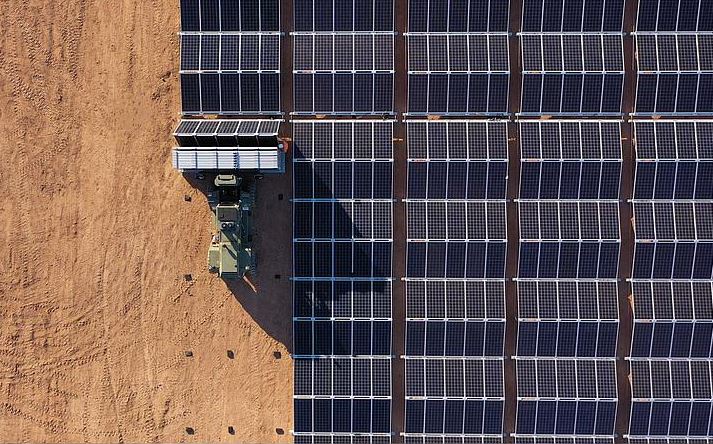
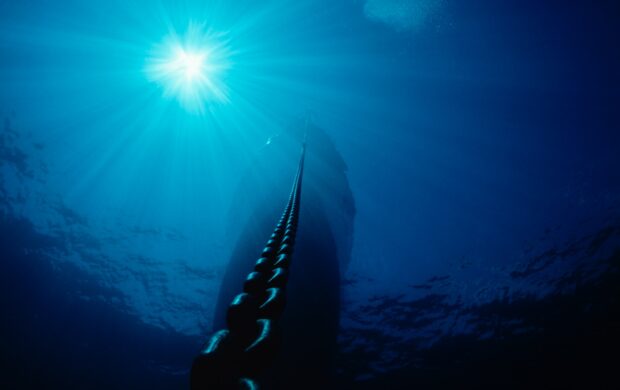
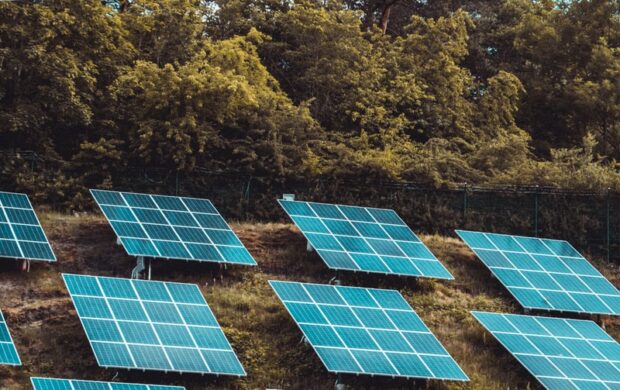
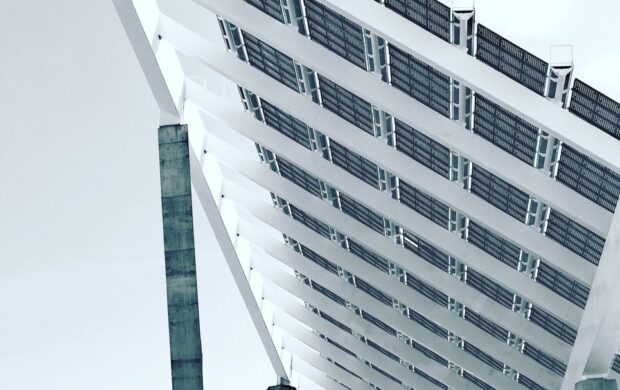
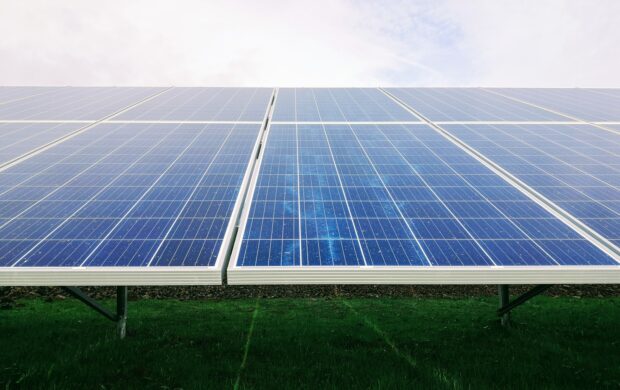
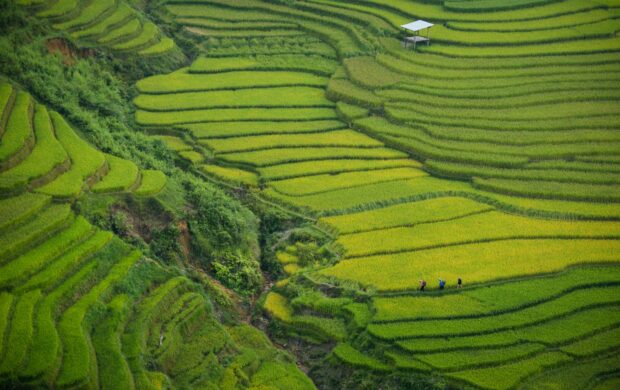
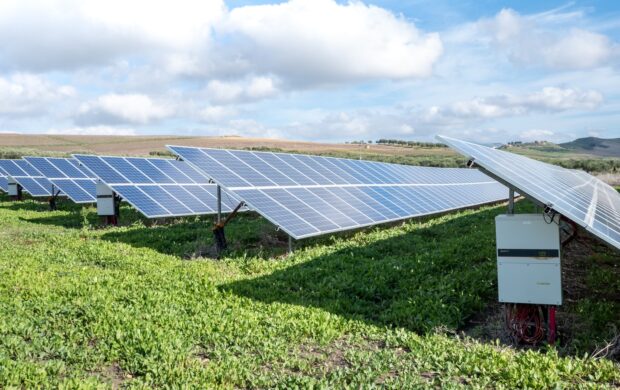
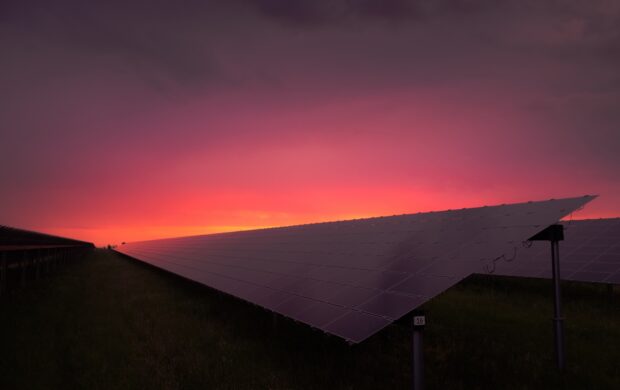
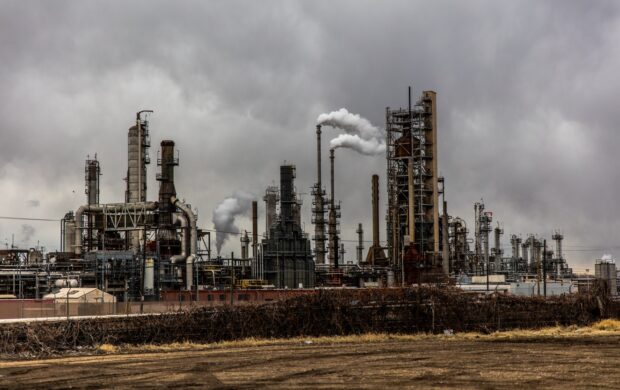
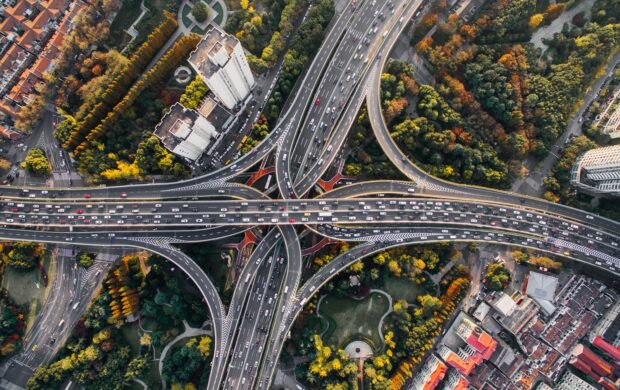
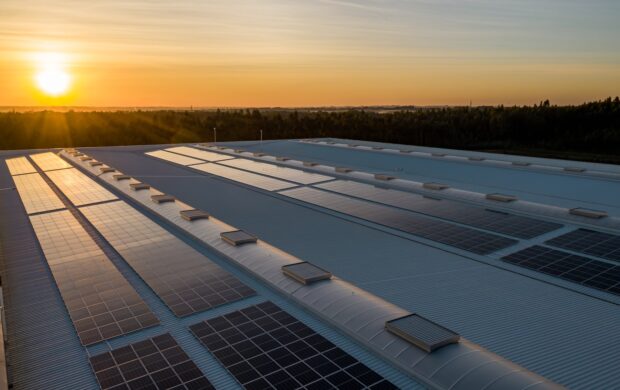
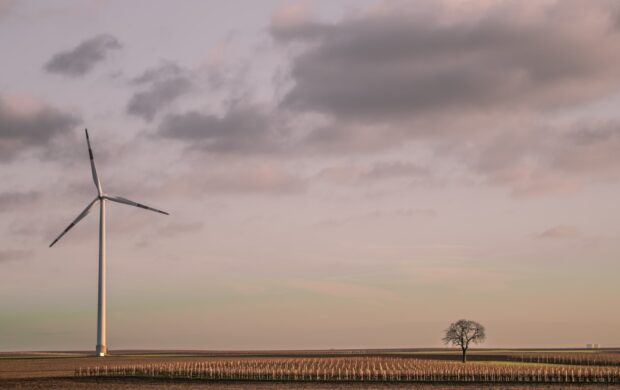
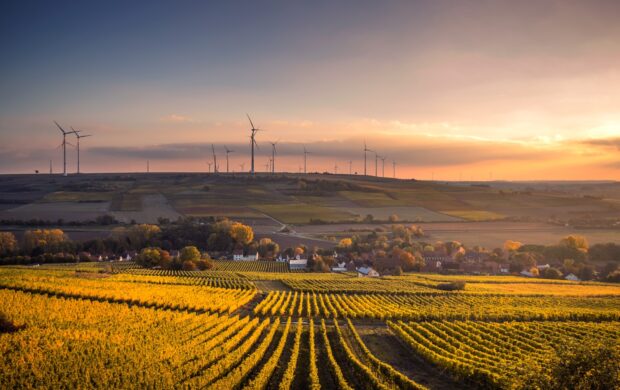
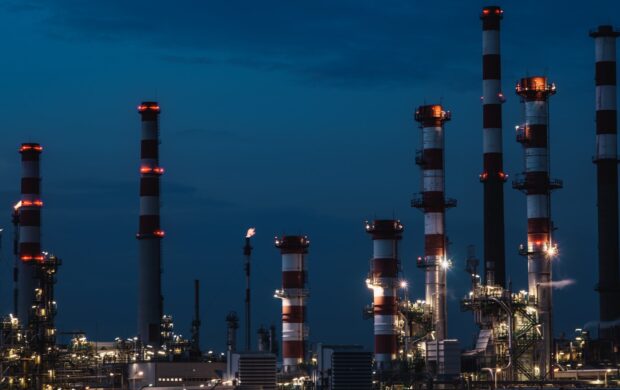
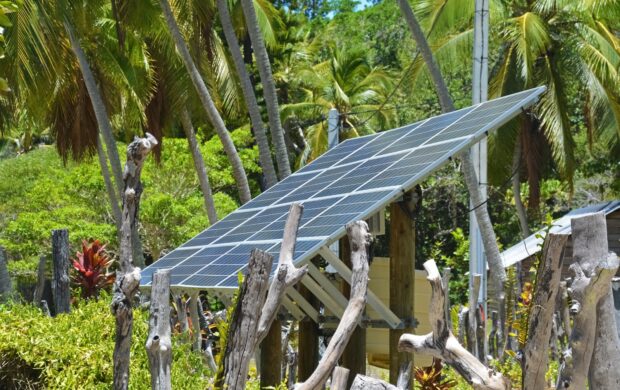
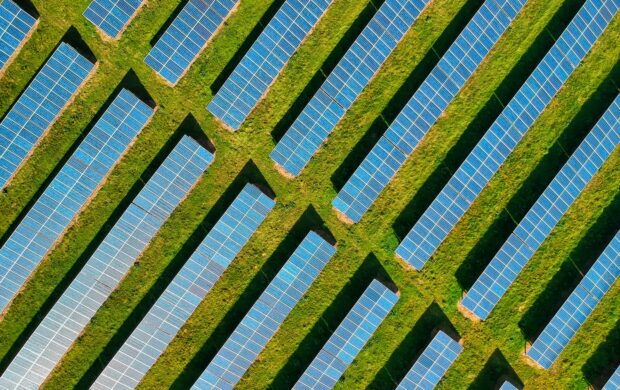

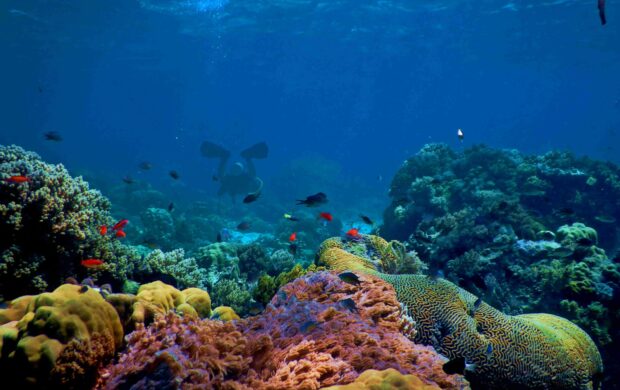
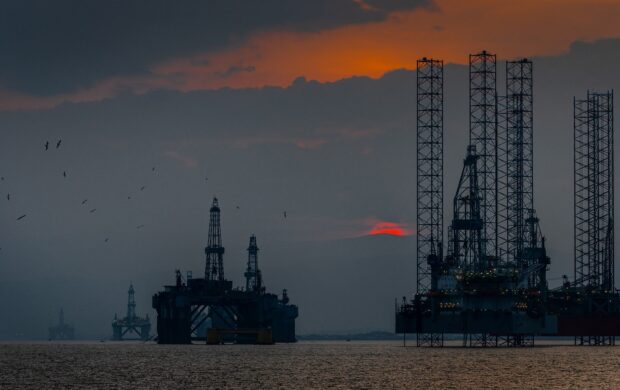
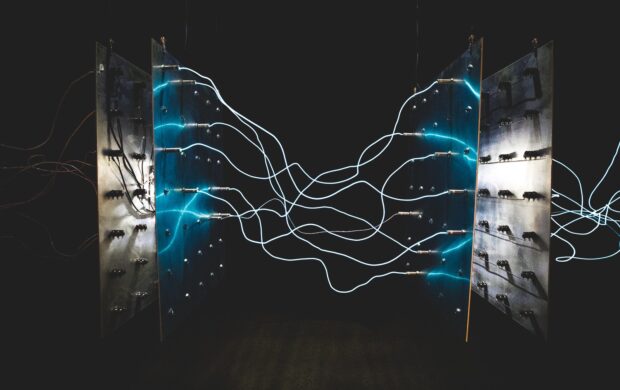
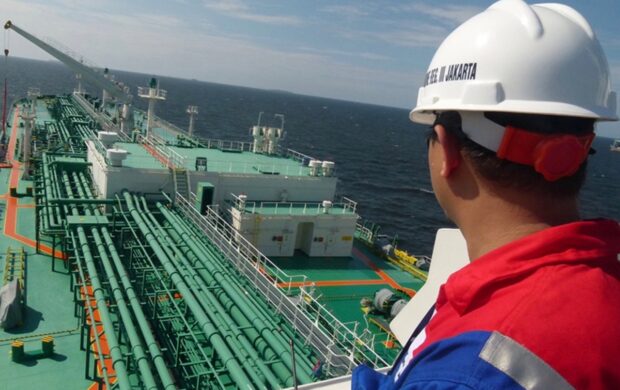
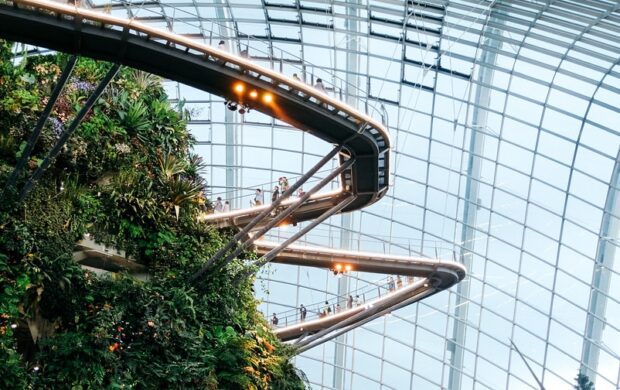

Join discussion